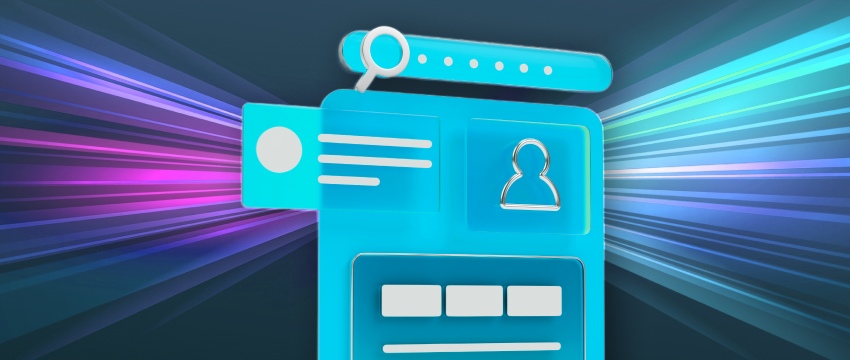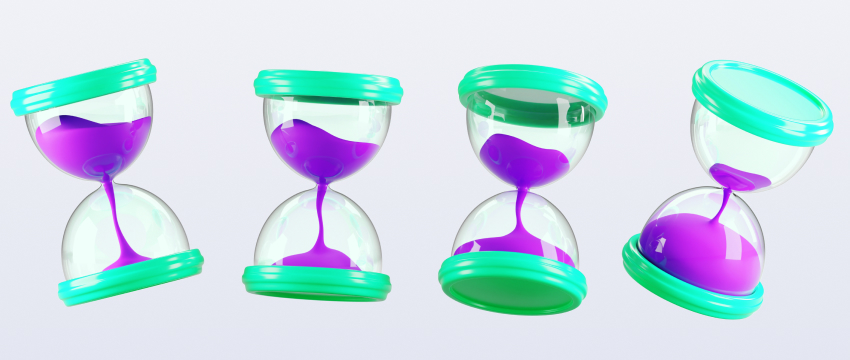Everyone says opening a trading account is easy today. However, few explain its true impact. This action can change your life. It may open a completely new chapter. This new chapter is unwritten, and you have the power to make it a positive one.
By opening an account, which takes only a few minutes, a new world opens. You become a participant, not just a viewer. Before, you may have heard stories about traders.
Now, you are your own hero. You write your own story. Trading becomes your personal world. And this is where practice, learning, researching and refining your trading skills come in. Because after you do open an online trading account, the real, hard work begins.
Taking the leap
There’s usually a period of quiet research and reflection even before one opens an account. Perhaps you have been reading about ngoại hối, hàng hóa, or cổ phiếu. A friend may have mentioned trading to you. Or you might have seen an ad promising better financial control.
Whatever the trigger, the decision to open an account follows. It is usually driven by curiosity and intent. Traders want to explore financial opportunities. They aim to do so in a more structured way.

Choosing the right platform
There are many brokers and platforms available but is up to you to choose the right one with the right platform. Most brokers offer access to MT4 which is the main platform for accessing the markets and trading forex and CFDs.
When you do register with a CFD broker, ensure they offer free education and customer support, so you have a friendly team you can turn to for all your needs.
Trading account registration
Once you have chosen what you want, the next step is registration. This is the online equivalent of an introduction to a financial institution.
Expect to provide:
Your full name and contact information, date of birth and nationality, proof of identity: passport, driver’s licence, or national ID and proof of residence (utility bill, bank statement, or rental agreement).
All these details give protection to both you and the forex broker.
KYC
KYC stands for Know Your Customer, a legal requirement in all legitimate financial services.
This involves the verification of your documents which can be done through automated systems or manual checks. This usually takes a few hours, though some brokers are able to do this within minutes.
Creating a password
When creating your password, make sure to use a mix of letters, numbers and symbols.
Avoid personal details like birthdays or names and change it periodically. Your login credentials are the keys into your trading account, so handle them like the keys to your financial home.
Trading account funding
With your account verified, your next step would be adding funds. Most CFD brokers offer a number of deposit methods, including bank transfer, credit/debit card và e-wallets like Skrill or Neteller.
Always deposit from an account in your name, yet another regulatory safeguard that ensures your money is properly associated with you. Once the funds are in, they will appear in your trading account balance and be ready for trading.
How leverage and margin work in trading account
When you use leverage, it means that you can deposit a relatively small amount of money and trade with a significantly bigger amount by borrowing the rest from the broker.
For instance, with 1:100 leverage, a deposit of $100 allows you to trade $10,000 worth of currency. While this magnifies profit potential, it also amplifies risk.
The margin is the proportion of your funds that are tied up in keeping an open position. Always keep an eye on your margin; if it gets too small, your broker may automatically close your trades to prevent further losses.
The first trade
Placing your first trade is exciting, but it should also be done with preparation. Before you start trading and decide to click the green or red buttons, ensure you have some sort of safety net.
This means you have set stop-loss and take-profit levels. Also make sure you trade with a position size you are comfortable and that you are not throwing everything in the first trade you make.
The goal of your first trade is to learn the workflow: how orders are executed, how the market moves, and how it feels to make decisions in real time.
Managing risk
Risk management differentiates between speculative gambling and structured trading. Never risk more than 2% of your trading account on one trade. Also always, use stop-loss orders to limit potential losses and do not invest everything in one asset or in one direction.
You build longevity into your trading right from the start by managing risk effectively.
Emotions
No amount of theory prepares you for the emotional aspect of trading.
When I opened my first trade, I refreshed the chart every few seconds. Every small move felt personal.
Over time, I learned that emotional control, not strategy, is more often the defining factor in consistent trading growth.
Developing discipline takes time, but it’s the most important skill you can develop.

Using analytics and tools
Modern trading platforms boast an impressive variety of analytical tools, ranging from moving averages to Fibonacci retracements.
At first, it may be tempting to use them all, but simplicity often tends to work best.
Learning how to read basic indicators such as:
- Moving Averages: provide trend direction
- Relative Strength Index: It indicates levels of overbought or oversold positions.
- Bollinger Bands plot levels of volatility and they help structure decisions logically instead of emotionally.
Performance evaluation of trading account
After a few forex trades, it’s time to review results and reconsider a few steps such as whether you have followed your trading plan, traded emotionally or overtraded.
By identifying patterns of behaviour you can determine past mistakes or moments of consistency that you can repeat or even improve next time you trade.
Discovering and adjusting
The first few weeks you will discover how markets react, what days are the most volatile, what times of the day you perform the best and how much risk you can take while trading responsibly.
You can make adjustments, re-adjust your methods and keep learning.
Reading the news
Trading goes hand in hand with financial updates and traders need to be aware of what is happening in the markets but also globally in terms of politics and events that could also influence the markets.
By dedicating some time daily to researching and reading you can form your own understanding which will help you build confidence.
Security of money in trading account
The more your account grows, the more security you will need, whether it’s keeping your personal details private or your funds secure. You can enable two-factor authentication (2FA), log out after each session and avoid public Wi-Fi when accessing your platform.
In retrospect
Opening my account was more than a milestone in procedure; it marked the beginning of a new mindset. It taught me the value of preparation, risk awareness, and patience.
The process demystified the markets and showed that access to global trading isn’t reserved for professionals; it’s available to anyone willing to learn responsibly.
Every forex trader began with that very step: opening an account. What happens next depends on how thoughtfully you handle each step.
Khước từ trách nhiệm: This material is for general informational and educational purposes only and should not be considered investment advice or an investment recommendation. T4Trade is not responsible for any data provided by third parties referenced or hyperlinked in this communication.



